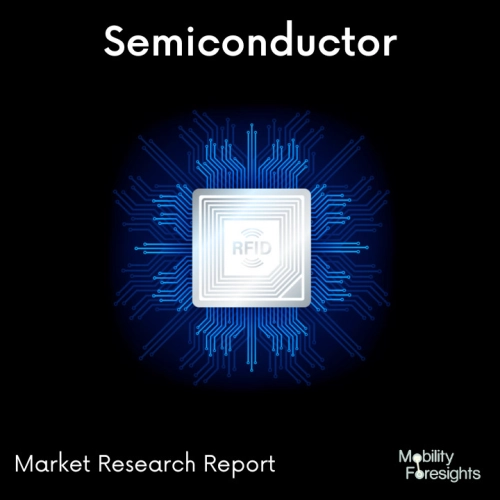
- Get in Touch with Us

Last Updated: Apr 25, 2025 | Study Period:
An electrical device that enables the conversion of several protocols to the USB Type-C standard is known as a USB-C protocol converter. A flexible and extensively used communication standard, USB-C, commonly referred to as USB Type-C, provides high-speed data transmission, power delivery, and audio/video capabilities.
In order to connect systems or devices that use various protocols to the USB-C interface, a USB-C protocol converter is typically needed. It makes it possible for devices that would otherwise not be able to communicate with one other directly because of different protocols to work together and seamlessly.
To accomplish the precise protocol conversion responsibilities, USB-C protocol converters often integrate the necessary hardware, such as specialised ICs or chips. Depending on the circumstances, they may additionally offer other features like signal conditioning, protocol negotiation, and power supply negotiation.

TheGlobal USB-C Protocol Converter Marketaccounted for $XX Billion in 2022 and is anticipated to reach $XX Billion by 2030, registering a CAGR of XX% from 2023 to 2030.
The Spyder family, the first single-chip DisplayPort/USB Type-C to HDMI 2.1 and HDMI 2.0 video protocol converters with Power Delivery and Billboard functions on chip, was unveiled by Synaptics Incorporated.
The very efficient connections between high-resolution, ultra-wide displays with variable refresh rates (VRRs) and PCs, tablets, smartphones, and game consoles via DisplayPort or USB Type-C interfaces are addressed by the ultra-low-power, closely integrated solutions.
The small-form-factor ICs, which have already been approved by Intel, AMD, and NVIDIA, provide OEMs and ODMs a portable, reasonably priced route to HDMI 2.1 (VMM7100) or HDMI 2.0 (VMR7100) connectivity utilising either adapters/dongles or integrated on notebook or PC motherboards.
For driving 8K TVs and 4K120 gaming TVs with VRR compatibility, Intel has tested the Synaptics Spyder HDMI 2.1 protocol converter with the Intel Arc Alchemist GPU family. The Spyder product line is now being produced in large quantities. The VMM7100 converts DisplayPort/USB Type-C to HDMI 2.1, whereas the VMR7100 converts DisplayPort/USB Type-C to HDMI 2.0.
| Sl no | Topic |
| 1 | Market Segmentation |
| 2 | Scope of the report |
| 3 | Abbreviations |
| 4 | Research Methodology |
| 5 | Executive Summary |
| 6 | Introduction |
| 7 | Insights from Industry stakeholders |
| 8 | Cost breakdown of Product by sub-components and average profit margin |
| 9 | Disruptive innovation in the Industry |
| 10 | Technology trends in the Industry |
| 11 | Consumer trends in the industry |
| 12 | Recent Production Milestones |
| 13 | Component Manufacturing in US, EU and China |
| 14 | COVID-19 impact on overall market |
| 15 | COVID-19 impact on Production of components |
| 16 | COVID-19 impact on Point of sale |
| 17 | Market Segmentation, Dynamics and Forecast by Geography, 2022-2030 |
| 18 | Market Segmentation, Dynamics and Forecast by Product Type, 2022-2030 |
| 19 | Market Segmentation, Dynamics and Forecast by Application, 2022-2030 |
| 20 | Market Segmentation, Dynamics and Forecast by End use, 2022-2030 |
| 21 | Product installation rate by OEM, 2022 |
| 22 | Incline/Decline in Average B-2-B selling price in past 5 years |
| 23 | Competition from substitute products |
| 24 | Gross margin and average profitability of suppliers |
| 25 | New product development in past 12 months |
| 26 | M&A in past 12 months |
| 27 | Growth strategy of leading players |
| 28 | Market share of vendors, 2022 |
| 29 | Company Profiles |
| 30 | Unmet needs and opportunity for new suppliers |
| 31 | Conclusion |
| 32 | Appendix |